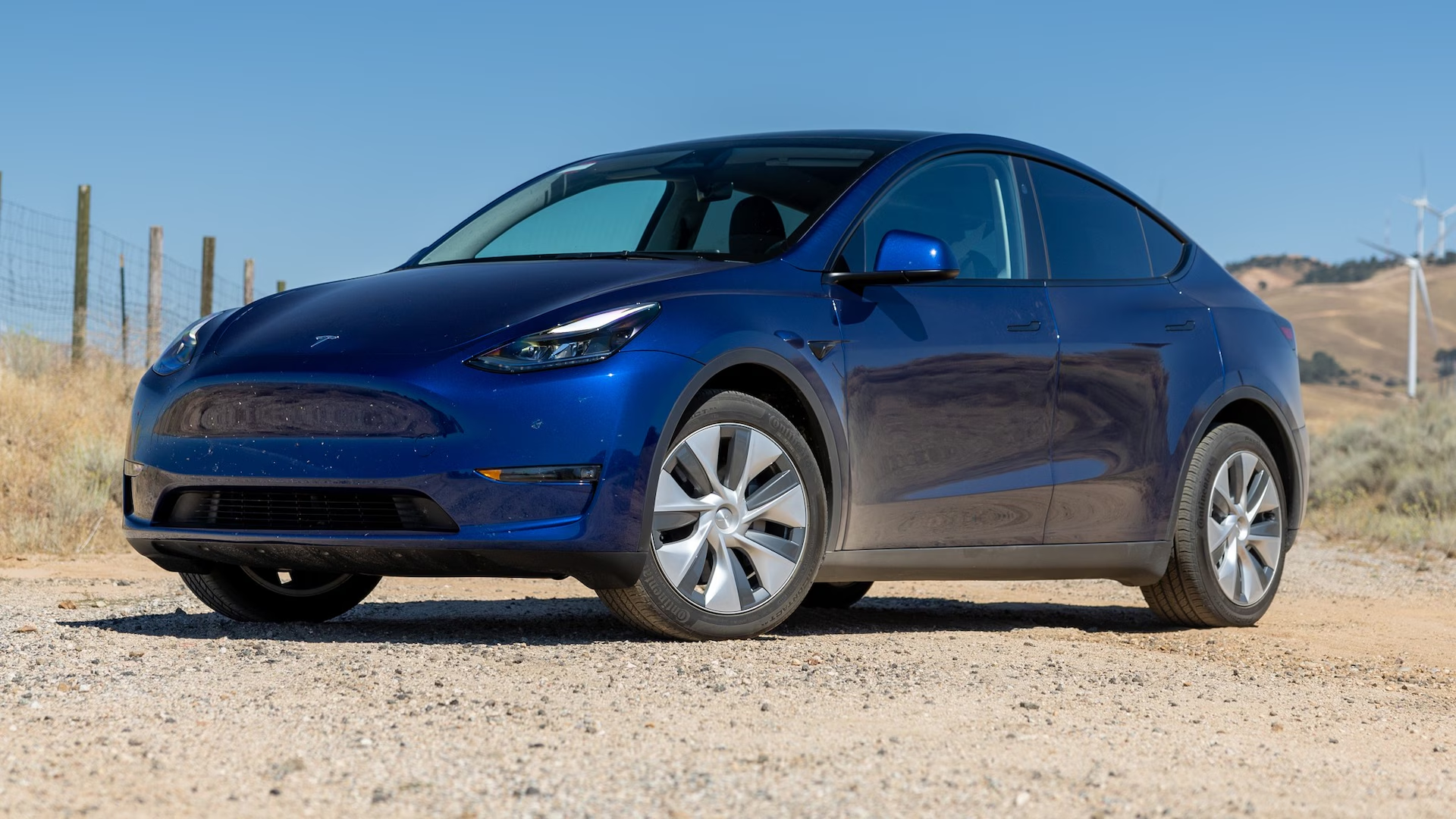Introduction
The Tesla Model Y’s seven-seat variant was first introduced in 2021, aimed at filling a gap in the mid-sized electric vehicle (EV) market. With an additional row of seats squeezed into the boot, it joined the larger Model X as one of the few seven-seat EVs available. While the option has been available in the US for some time, it has only recently arrived in the UK.
In the meantime, competitors such as Mercedes (EQB), Peugeot (E-5008), Kia, Hyundai, and the upcoming Citroën ë-C3 Aircross have been expanding their own seven-seat EV offerings. So, how does Tesla’s slightly dated Model Y compare?
Pros and Cons
Pros:
Easy-access charging network
Long range
Fast performance
Cons:
Poor ride quality
Surprisingly noisy
Persistent quality issues
Performance and Range
The seven-seat Model Y is available exclusively with the Long-Range all-wheel-drive variant, offering an official range of 331 miles with a consumption of 3.7mpkWh. Tesla does not specify separate figures for the seven-seat version, but real-world range estimates vary from 231 to 265 miles, depending on conditions.
Charging speeds reach up to 250kW, enabling a 10-80% charge in about 27 minutes on a compatible charger. Additionally, a standard heat pump helps minimize range loss in colder weather.
Interior and Features

A facelifted version is expected soon, bringing Tesla’s steering wheel-mounted indicator buttons. For now, the Model Y retains traditional stalks: one on the left for indicators, high beams, and wipers, and one on the right for gear selection and cruise control. Most other controls are integrated into Tesla’s touchscreen interface.
The cabin follows Tesla’s minimalist design philosophy, which some may find sleek and modern, while others might consider it dull. Our test car’s wood trim added some warmth to the interior.
Third-Row Seating: Form Over Function
The biggest change in this version of the Model Y is, of course, the third-row seating. However, upon inspecting our test vehicle, we immediately encountered a major issue—a pool of water in the footwell. Reports suggest that some Model Y units suffer from water ingress, likely due to hatchback sealing problems.
Moving past that issue, the actual usability of the third-row seats is questionable. The extra seats feel cramped, with anyone taller than one meter likely to have their head pressed against the rear window. The middle-row seats can slide forward, but doing so sacrifices legroom for second-row passengers. This results in an uncomfortable experience for all rear passengers.
Moreover, the lack of Isofix mounting points in the third row (despite a top tether mount) makes it impractical for safely securing child seats. Even if a child seat is installed, the available space is extremely limited.
Cargo Space Considerations
Tesla claims 363 liters of boot space with the third row in use and 753 liters with the seats folded. However, these figures measure space from floor to roof, unlike competitors who quote luggage cover-level measurements. The reality is that the five-seat Model Y offers more usable cargo room than the seven-seat version, as the additional seats take up valuable space when folded.
Driving Experience
The Model Y retains its signature power and acceleration, providing effortless performance. However, the throttle’s sharp calibration can make low-speed maneuvering tricky. While the car offers excellent grip and direct steering, the driving experience feels somewhat detached—efficient but lacking engagement.
One major drawback is the suspension, which is overly harsh, failing to absorb road imperfections effectively. Many rival EVs strike a better balance between weight management and ride comfort.
Pricing and Value
The seven-seat option costs an additional £2,500 over the standard Model Y (£51,990). This positions it competitively against the Mercedes EQB, Volkswagen ID Buzz, and Peugeot E-5008. Despite its flaws, the Model Y’s power, range, and access to Tesla’s Supercharger network add value.
Verdict: A Compromised Offering

The fundamental issue with the seven-seat Model Y is that its sloping rear roofline and underfloor battery placement make it unsuitable for additional seating. The lack of proper headroom and legroom renders the third-row seats impractical for most passengers.
For those in need of a true seven-seat EV, there are now better options available. The five-seat Model Y remains a strong choice in its category—just be mindful of potential build quality concerns.




